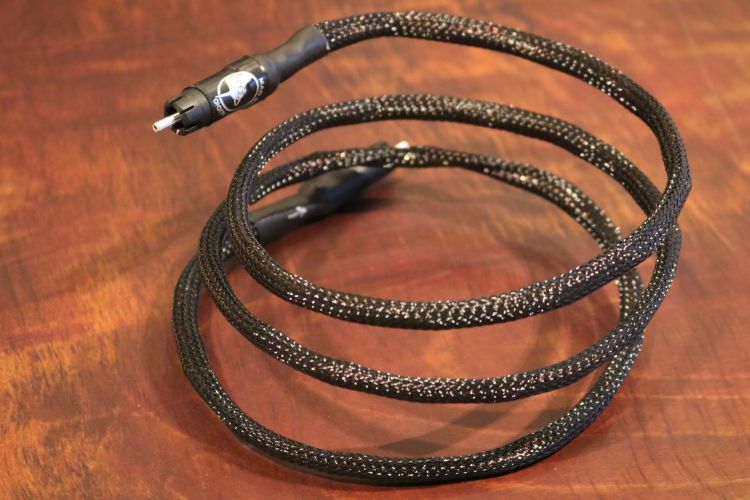
Retail prices:
FCGD
With KLE Copper Harmony, 1 meter – $249
With KLE Copper Harmony, 1.5 meter – $299
FCGD PLUS
With KLE Absolute Harmony connectors, 1 meter – $399
With KLE Absolute Harmony connectors, 1.5 meter (as reviewed) – $449
Review samples supplied by Mad Scientist Audio
The Mad Scientist has cooked up a brand new digital interlink cable: the Flexible Carbon/Graphene Digital, or in short, the FCGD. The Flexible Carbon/Graphene Digital Interlink is an entirely new development that is not related to the earlier HDC and HDC+, and uses a new flexible carbon fiber with several new and proprietary construction techniques. Unlike the HDC cable which, due to its springy construction, has a tendency to retain its shape, the FCGD cable can easily be bent in any position that is required. Like all Mad Scientist products, these interlinks are hand-made in New Zealand from the ground up.
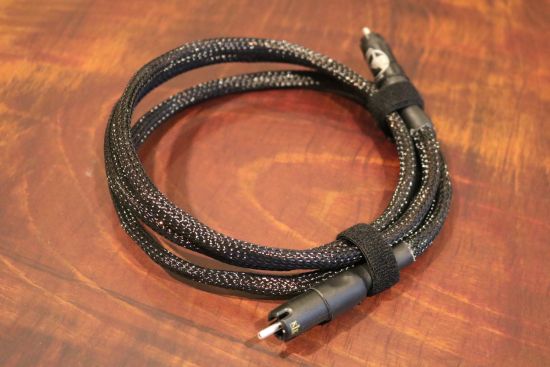
Two Versions
There are two versions of the FCGD cable:
1. Flexible Carbon/Graphene Digital (FCGD) – this one uses the new flexible fiber along with new construction techniques designed to cancel RF interference. Graphene is used at the metal/carbon junctions. This interlink supersedes and replaces the HDC+ model.
2. Flexible Carbon/Graphene PLUS (FCGD+) – same construction as above but this one uses graphene treatment along the whole length. This is Mad Scientist’s best digital interlink.
The cables are available in two different lengths and with a choice of two different KLE (Keith Louis Eichmann) connectors. I will be reviewing the FCGD+ (PLUS) with KLE Absolute Harmony connectors (Silver). According to the Mad Scientist, “The graphene-treated version sounds a lot better but the non-graphene version is no slouch, easily outperforming the HAC+”. While I do not have the non-Plus version at hand for direct comparison, given that I have always found the supplied descriptions to be accurate, I have absolutely no reason to doubt the validity of this statement.
As the website description continues, “There are 15 different ‘ingredients’ that go into the construction of the FCGD+, and that is not including the labor, soap and water (the graphene part is messy..)”.
Resistance and Skin Effect
As by now will probably be well-known, the Mad Scientist is not afraid to rebelliously go against established wisdom, instead of taking any route that leads to the best result. With the FCGD, however, there is actually less “heresy” than with some of their other products.
Conventional wisdom dictates that one should strive for the lowest possible resistance, however, the Mad Scientist sure is not the first high-end audio manufacturer to find that using Carbon has actual advantages. Sometimes, the benefits in one theoretical parameter outweigh the disadvantages in another. I won’t presume to know best and will simply relay the official info below.
According to the information on the website, “The FCGD cables have around 20 ohms of resistance which helps remove the reflections that occur. A reflection that bounces off the DAC’s input socket will travel the length of the cable and back again, thus experiencing around 40 ohms of resistance. This prevents the kind of multiple reflections up and down the cable that can occur.”
Further, “Skin Effect is clearly important for digital cables, as the harmonics of the square waves go up to the 100MHz range and higher. All metals used for wire, e.g. copper, silver, etc., have similar skin depths. But carbon fibers are different – because of their permittivity and resistance, the skin depth is much more, so the fiber or bundle of fibers is much smaller than the skin depth, so basically Skin Effect is simply not an issue with Carbon Fiber”.
As the Mad Scientist concludes: “But frankly, the reason we use Carbon Fibers for the conductor is that it sounds great, better than any wire we’ve tried.” Again, I have no reason to doubt this. But I will be putting this to the test.
Review Context – Streaming methods
For my comparisons, I will use the Antipodes K50 Music Server with Roon, either directly from its digital outputs or networked via the Aqua LinQ endpoint and its digital outputs. The CH Precision C1 DAC is used directly feeding the CH Precision A1.5 power amplifier that drives the Magico S1 mk2 loudspeakers.
Regular readers will be aware that I feel there are large differences not only among Music Servers but also among streaming methods. Recently, I have reported on the relative differences between Roon and UPnP as well as the notable differences that streaming via HQPlayer brings. Do read the Aqua LinQ review if you are interested to know all the details.
Roon played directly from the Antipodes K50’s digital outputs provide the most spacious, free-flowing, and organic delivery. Streaming from the K50 to the C1’s RoonReady Ethernet input also works fabulously, taking away some flow in return for some more control. However, as I noted during the Aqua LinQ review, using Roon RAAT (as is done with the above two examples) does not yield the tightest or most articulate delivery. Inserting the LinQ and feeding it from the K50 as a streaming endpoint results in the tightest and most vivid and energetic delivery but with considerably less of the organic quality that the K50 does so well on its own. Because of these relative differences, the ideal streaming method differs on the combination of the other components as well as the cables. For instance, when using relaxed components or speakers, the detour via the LinQ provides a better balance. Likewise, when using incisive or astute components or speakers, the K50 on its own provides the best result. For this review, I have used both methods.
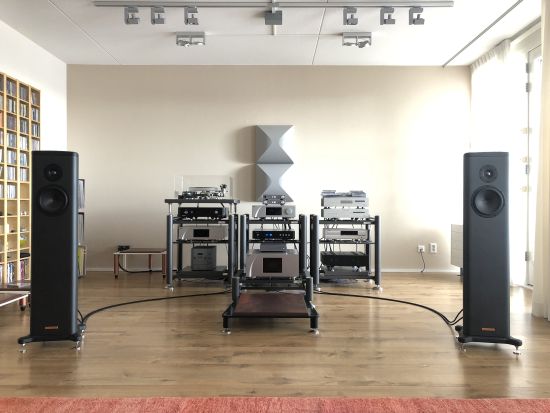
Digital Cable Comparisons
My current reference digital cable is the Jorma AES/EBU. It replaced my long-standing Mogami 3080 Neglex “studio standard” cable. On the coaxial cable front, my even longer-standing reference has always been the simple Belden RG59. The latter was improved upon in several aspects by the Mad Scientist HDC, and that concludes the roundabout to this point.
A high price is absolutely no guarantee for a cable to sound superior to more affordable ones, but in the case of the Jorma cable, I must admit that it does indeed sound better than all the aforementioned cables as well as any other digital cable that I have tried so far. As well it should, at 1200 Euro for 1 meter. Which brings me to the next question: how does the new Mad Scientist FCGD compare?
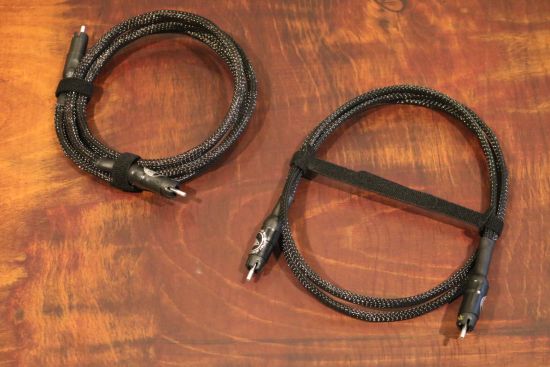
Left: FCGD, Right: HDC
Before I answer that question I’ll revisit the HDC (Heretical Digital Cable) which I originally reviewed in 2016 and found to be “some of the most subtle, open and airy sounding cables I have heard” and awarded a Highly Recommended award.
Listening Impression with the HDC
First off: while there can be an audible difference between the AES/EBU and S/PDIF format, the reality is that the cables themselves and their construction have a much larger impact on the sound than the data format. For more specifics on this subject, see this article.
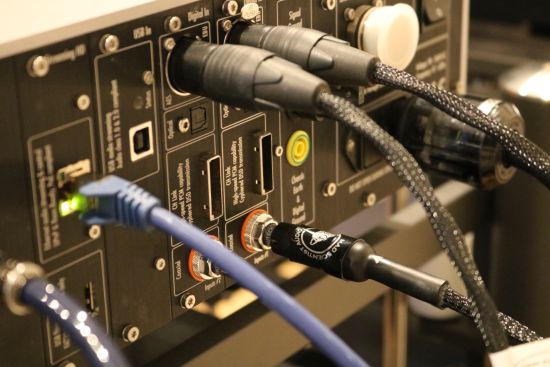
Mad Scientist HDC connected to the CH Precision C1 DAC
Going from the Jorma AES cable to the Mad Scientist HDC provides a subtly tilted balance: leaner and more light-footed in the bass and with a more feathery quality in the treble. It’s an overall less robust and airier sound than the Jorma but still tight and well-controlled and with excellent clarity. Also, although it offers a different tonal perspective, the HDC is almost as revealing. Even though the HDC is relatively brighter, the treble is highly refined and absolutely free from hardness or edge. Besides the relatively subtle difference in tonal balance, I also notice what feels like a slight dynamic compression but is, in fact, a slight rounding of transients. While tight and precise, the HDC is just not quite as crispy and explicit as the Jorma cable. This is something that makes me prefer the dearer cable but the HDC’s more forgiving delivery can also be a benefit with systems that can tend to be somewhat dry, hard-sounding or unforgiving. Here, the HDC will provide a gentle sweetening of the sound without making any sacrifices in terms of resolution or transparency.
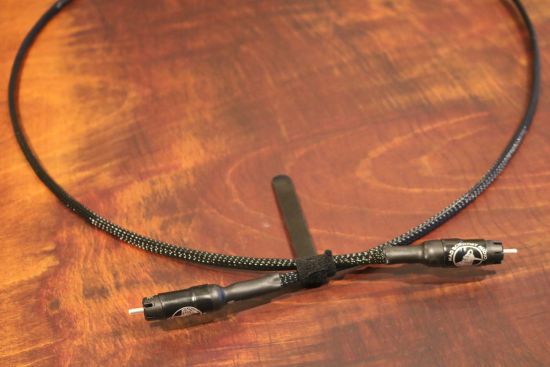
The HDC cable likes to retain its original shape. Here, it is held in a rolled-up shape with the Velcro strap. The FCGD cable, by contrast, can easily be bent into any shape.
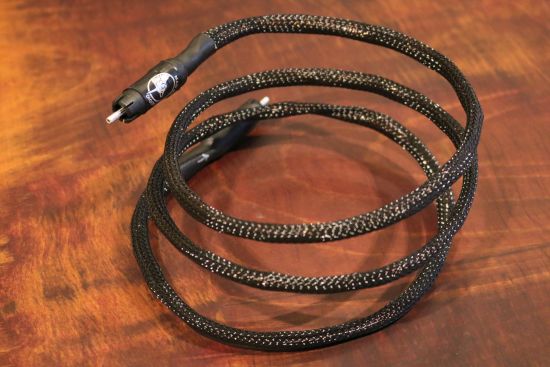
Belden RG59
Going back to the Belden RG59 makes it clear why I have preferred it for so long and kept doing so even after romances with more pricey Transparent and Wireworld cables: the Belden gets the transient behavior right. More precisely, it is dynamically similarly as expressive as the Jorma. However, the Belden is considerably less nuanced. If it was a painting, it was painted with a much bigger brush and in broader strokes. Or, perhaps more appropriate, if it was a display, it would have a much lower DPI. Interestingly, this criticism does not at all apply to the Mad Scientist cable. Quite on the contrary, the HDC (and the FCGD as well but I will get to that in a second) is blessed with Retina-like resolution, just to stay in display terms. These relative differences make it a matter of preference and of system synergy but there’s no question that, certainly at its extremely modest price point, the HDC is a no-brainer purchase.
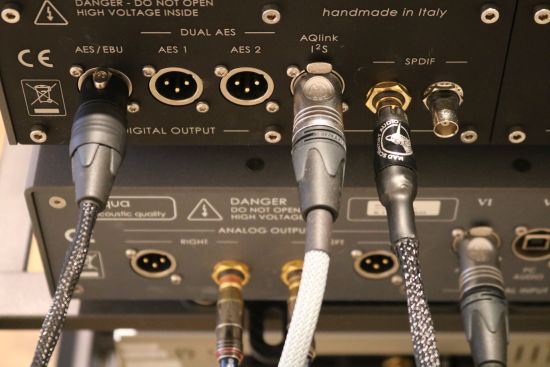
Left to right: Jorma AES/EBU, Aqua AQLink and Mad Scientist FGCD+
Listening Impression with the FCGD+
“Wow!” I involuntarily exclaimed, after swapping the HDC for the FCGD+. This cable provides a significant improvement! The FCGD+ is tonally fuller and more solid in the bass, bringing it considerably closer to the Jorma. Dynamically, it is also much closer, with only a very mild discernible difference remaining in terms of transient attack. In terms of character, contrary to the HDC’s slight leanness, I would say that the FCGD+ is essentially neutral as well as natural. This is most definitely not a cable that imparts a “technical” quality onto the music. Meanwhile, it retains the retina-like resolution as well as the superb level of refinement. The FCGD+ relays imperfections in the recording but it will never add any edginess or glare of its own. While the HDC had a “forgiving” quality the FCGD+ is considerably more precise and thus more resolute. But the FCGD+ is most definitely not what I would call a dry or unforgiving cable. Even though it is highly accurate, the cable retains a very slight fluidity and a truly tiny dose of sweetness. Just enough to make it fit in more easily than the Jorma.
While audible differences among digital cables can be larger than some would believe, in all honesty, the differences between the Jorma and the Mad Scientist FCGD+ are quite small. I can still differentiate between them when switching between them and in that case, I do prefer the Jorma by a small margin. But in all honesty, after toggling back and forth a couple of times and especially after having listened to a couple of tracks with either cable, I must admit to being absolutely content with both cables.
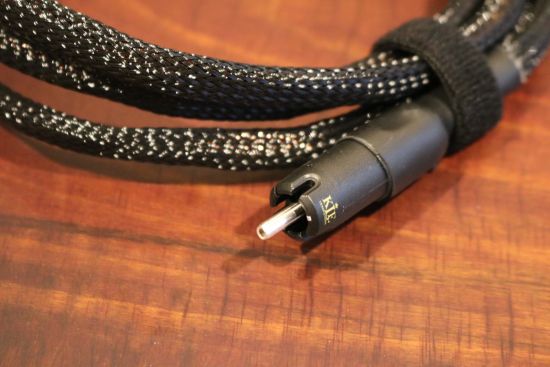
System Synergy
As I mentioned, I used the cables with the Antipodes K50 as well as with the Aqua LinQ streaming endpoint. Fortunately, the results are straightforward and conform to expectations. The K50 is itself a little smooth and relaxed while the LinQ comparatively drier and more articulate. This being the case it did not come as a surprise that especially the HDC cable worked most synergistically with the Aqua LinQ. Thanks to its neutrality and expressiveness, the FCGD+ worked well with the Aqua as well as the Antipodes, but ultimately, while the Jorma remains preferred for the K50, the FCGD+ makes a truly superb match with the Aqua.
Conclusion
The arrival of the first digital Mad Scientist cable in 2016 first laid bare the flaws of my very basic, but long-time favorite, Belden RG59 cables. Now, four years after its introduction, I still feel that the HDC is a remarkable cable. It comes highly recommended and is a no-brainer purchase.
With the FCGD+, however, Mad Scientist has entered the high-end level of digital cables. This cable is simply brilliant and as it stands, the best digital coaxial cable I’ve used. It is superbly refined and essentially neutral as well as natural, highly transparent and revealing while craftily avoiding sounding dry or over-controlled. While 399 USD + taxes may no longer be dirt-cheap, it still stands in stark contrast to the cost of other cables that perform in the same league.

External Links
Manufacturer: Madscientist
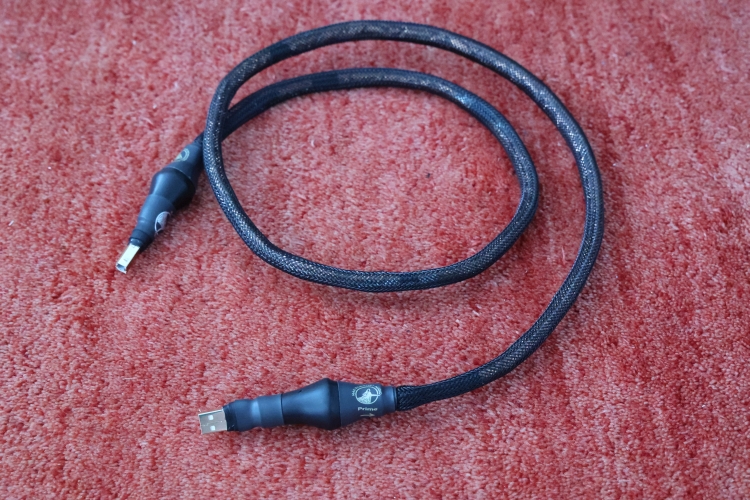
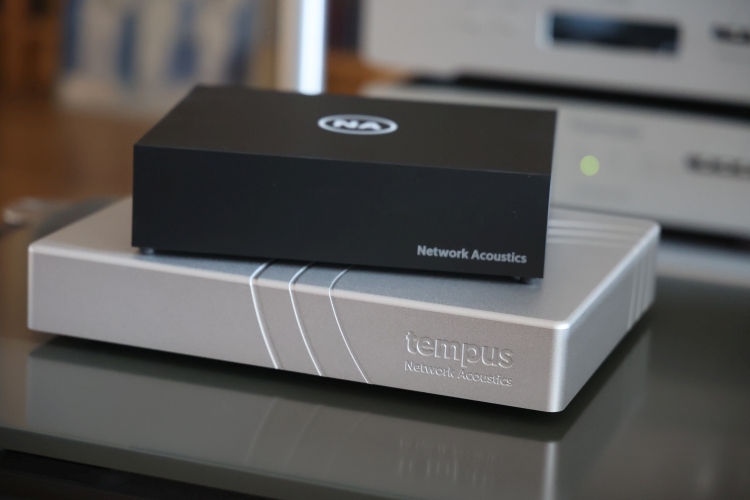

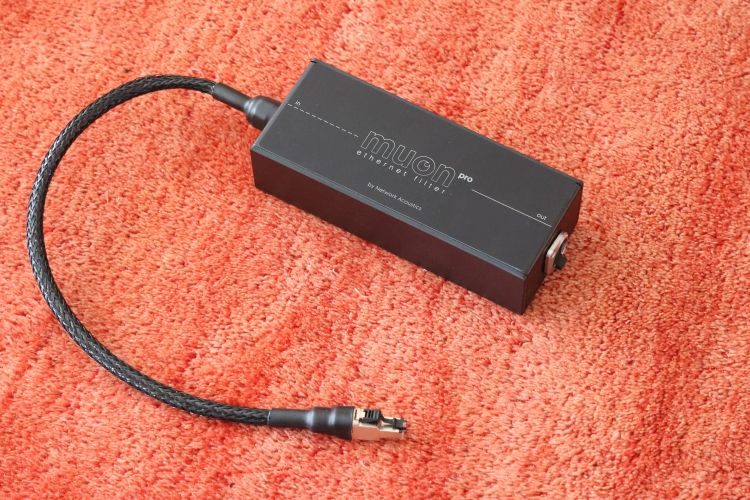
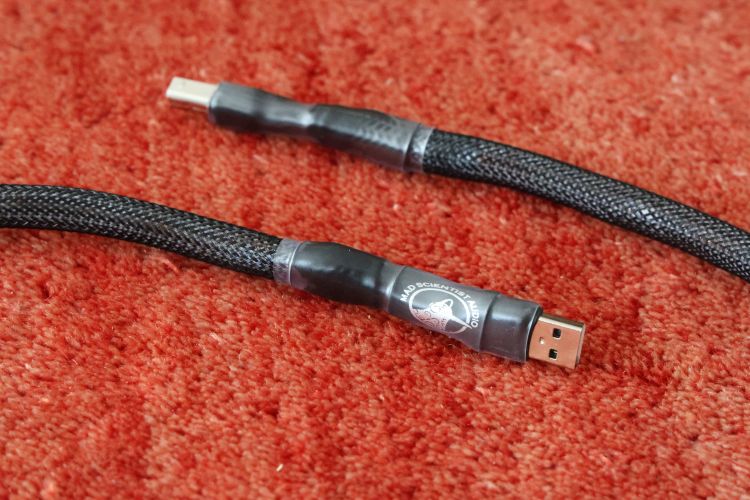
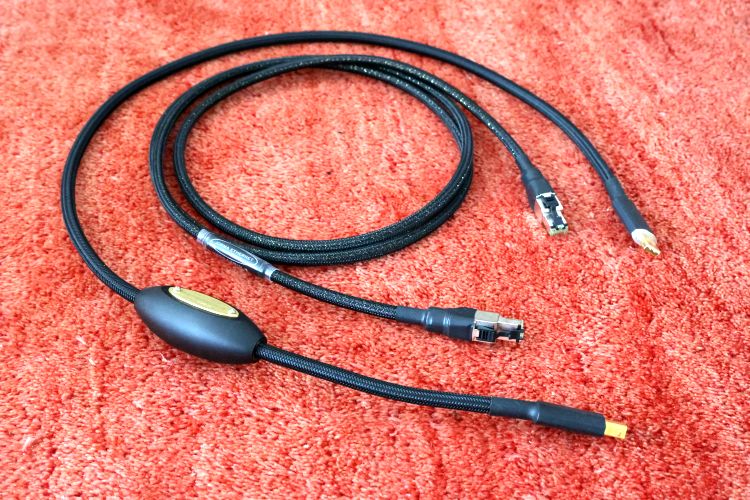
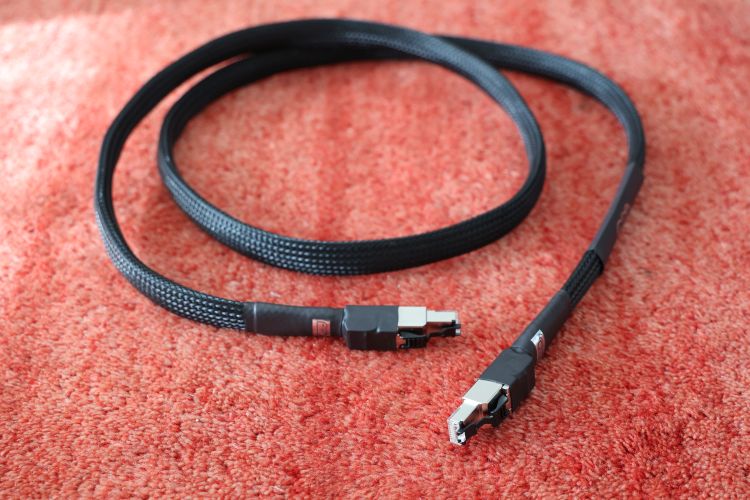
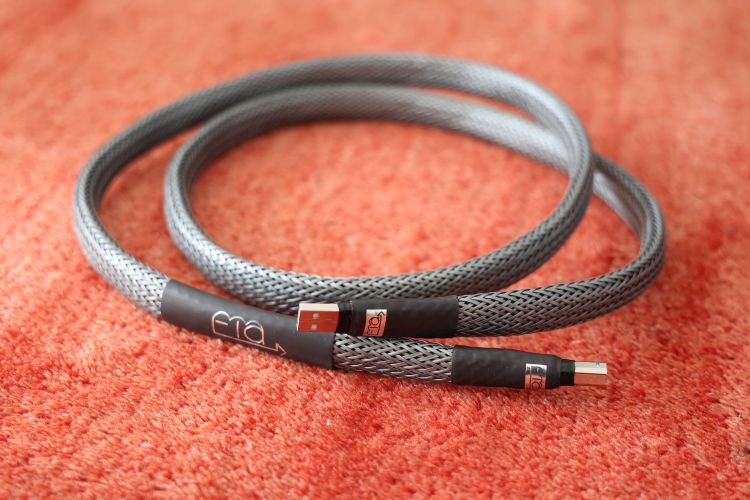
Hi Christiaan. What are your thoughts between the MS FCGD+ and Jorma Digital (75ohm RCA)? Also, I couldn’t find any review for the Jorma Ethernet here, but would you recommend as much as their AES/EBU cable? Thanks.
Hi David, between the Jorma RCA/BNC and the AES cables, there can be a notable difference or not very much at all, depending on the interfaces on both ends. When differences are heard, the AES/EBU tends to be slightly more sonorous and robust and the RCA/BNC slightly leaner and more light-footed. Otherwise, the comparison between the Jorma and FCGD+ AES cables can serve as a guide for the RCA/BNC variant. Indeed, I have not reviewed the Ethernet cable but have heard only raving feedback. Would I recommend it? Sure, I have no doubt that it is indeed excellent but I would first tend to the rest of the system and cable infrastructure.